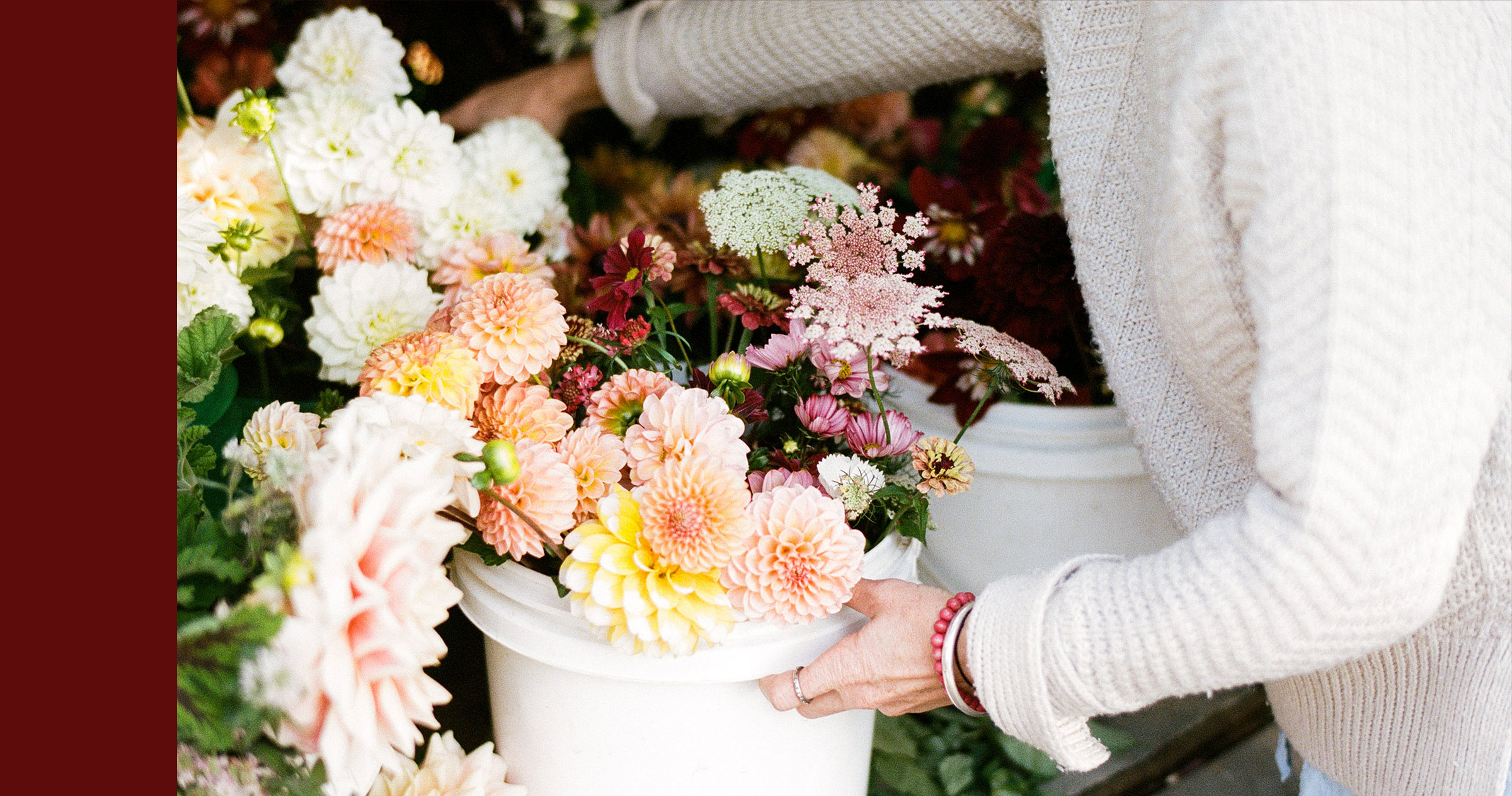A dear friend recently cheered me up by leaving tulips at my door. Thank goodness she didn’t see what became of them! Without thinking, I dumped them with their elastic into a dusty vase with some water and aspirins. The poor things flopped the next day, their stems appearing to elongate to escape the vase.
I realized it was high time for me to learn something about flower arranging, perhaps with garden blooms. I recalled enjoying a talk by Maryse Hudon, a marketer who turned her love of flowers into Lutaflore, a flourishing business in the West Island of Montreal.
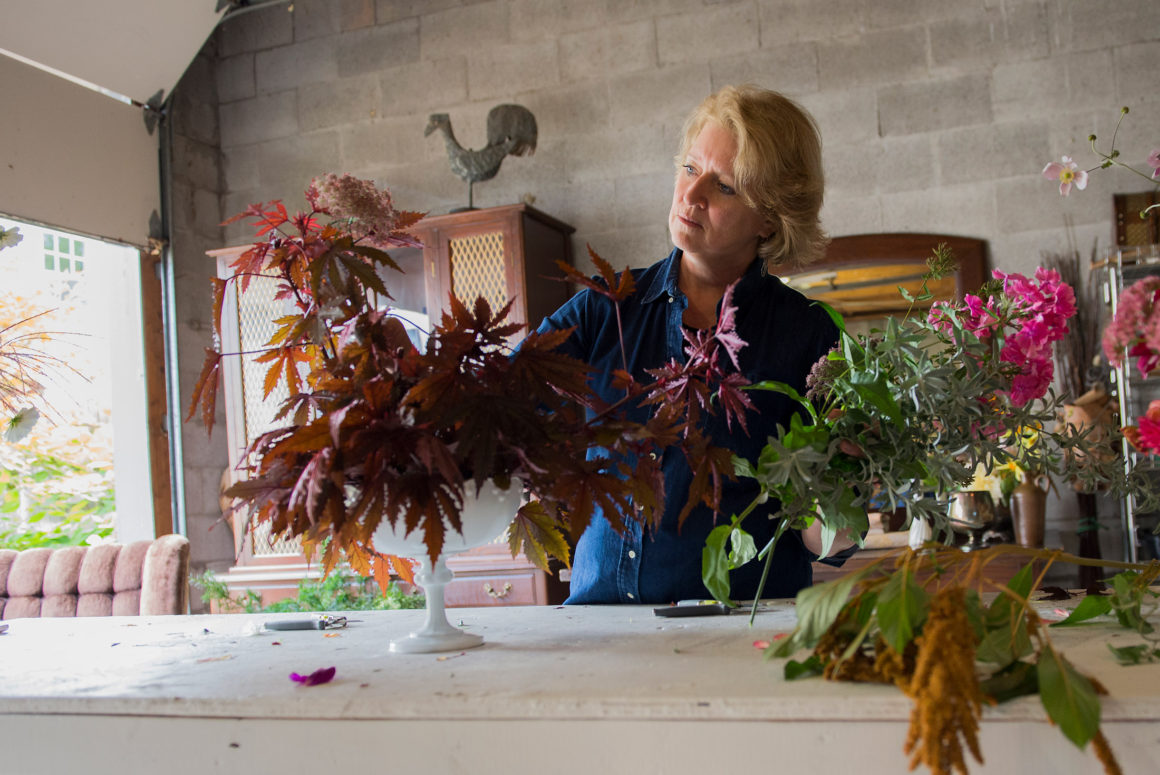
A visit starts with a tour of Hudon’s garden where she takes advantage of a microclimate created by lake air and a huge garage – transformed into a floral-workshop studio – to grow a myriad of blooms. “Hellebores are the best-kept secret,” Hudon says. “They’re first to bloom, last forever and their colourful sepals make them look as if they’re flowering all summer.”
Hyacinths also open early next to sun-warmed bricks. “And I was told we can’t grow wisteria in this climate but, yes, we can,” she says. “You just need to experiment with the same plants in different locations to discover where you have the most heat units.”

Hudon has planted 75 dahlia varieties from across Canada for this summer’s garden. Her 1,500 tulip bulbs are in various locations to bloom over weeks. “I explain in my workshops how to time plantings for a summer-long supply of flowers.”
Through my favourite Toronto-based florist, Wild North Flowers, I also discovered My Luscious Backyard, run by Sarah Nixon. She uses her own garden and nine other residential yards to grow everything from Icelandic poppies to colourful new varieties of Rudbeckia.
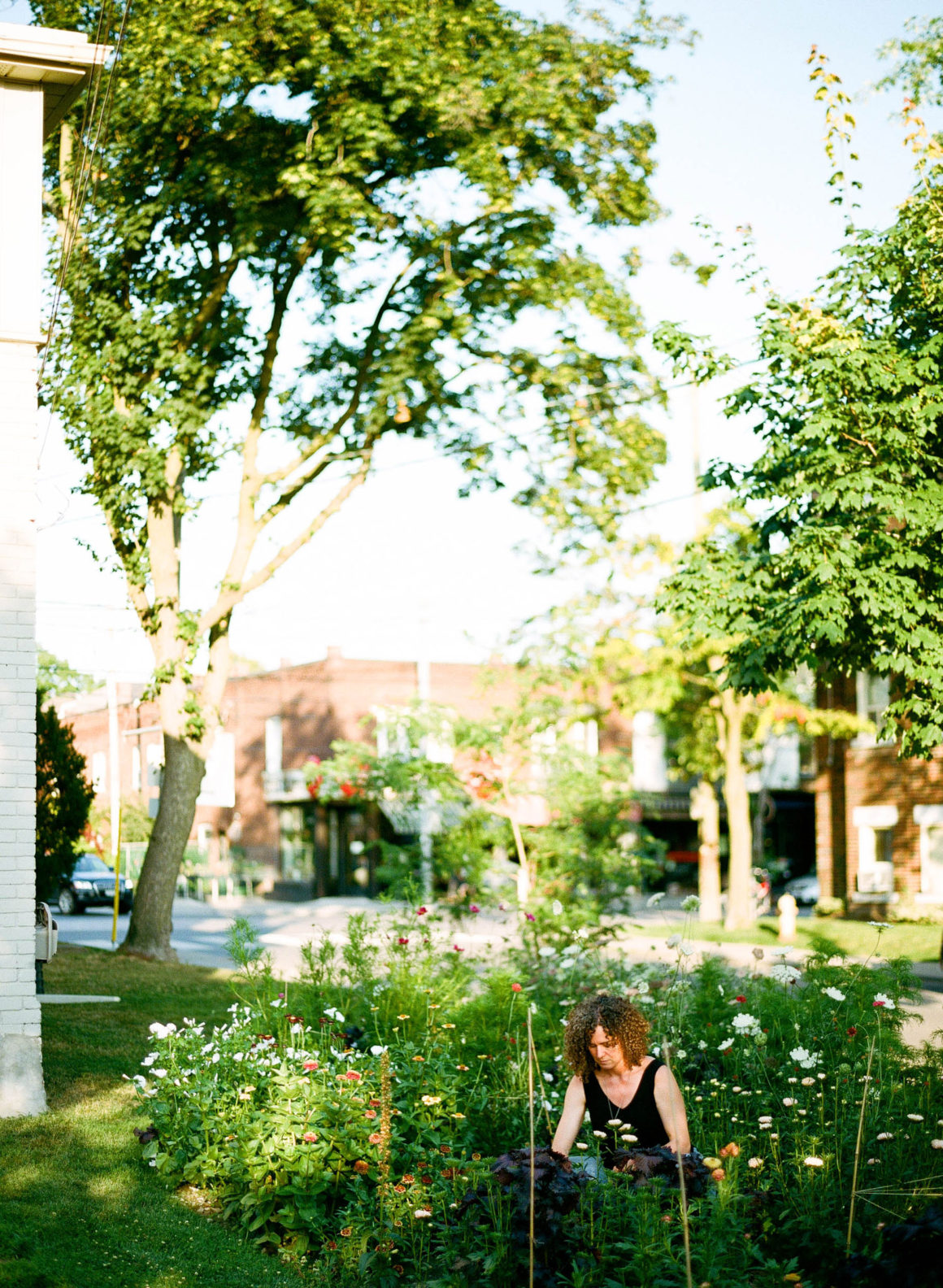
Nixon suggests that novice gardeners try planting cosmos, which is tolerant of poor soil. “You can grow them from seeds in May or buy seedlings,” she says. “Remember, they may need staking to keep them upright in summer storms. And when they’re about a foot tall, snip a few inches off the top just above a set of leaves to create side shoots.”
Zinnias are likewise easy. “Look for the tall varieties,” Nixon advises. “And reach deep into the plant to do first cuts so they branch out into more flowers.”
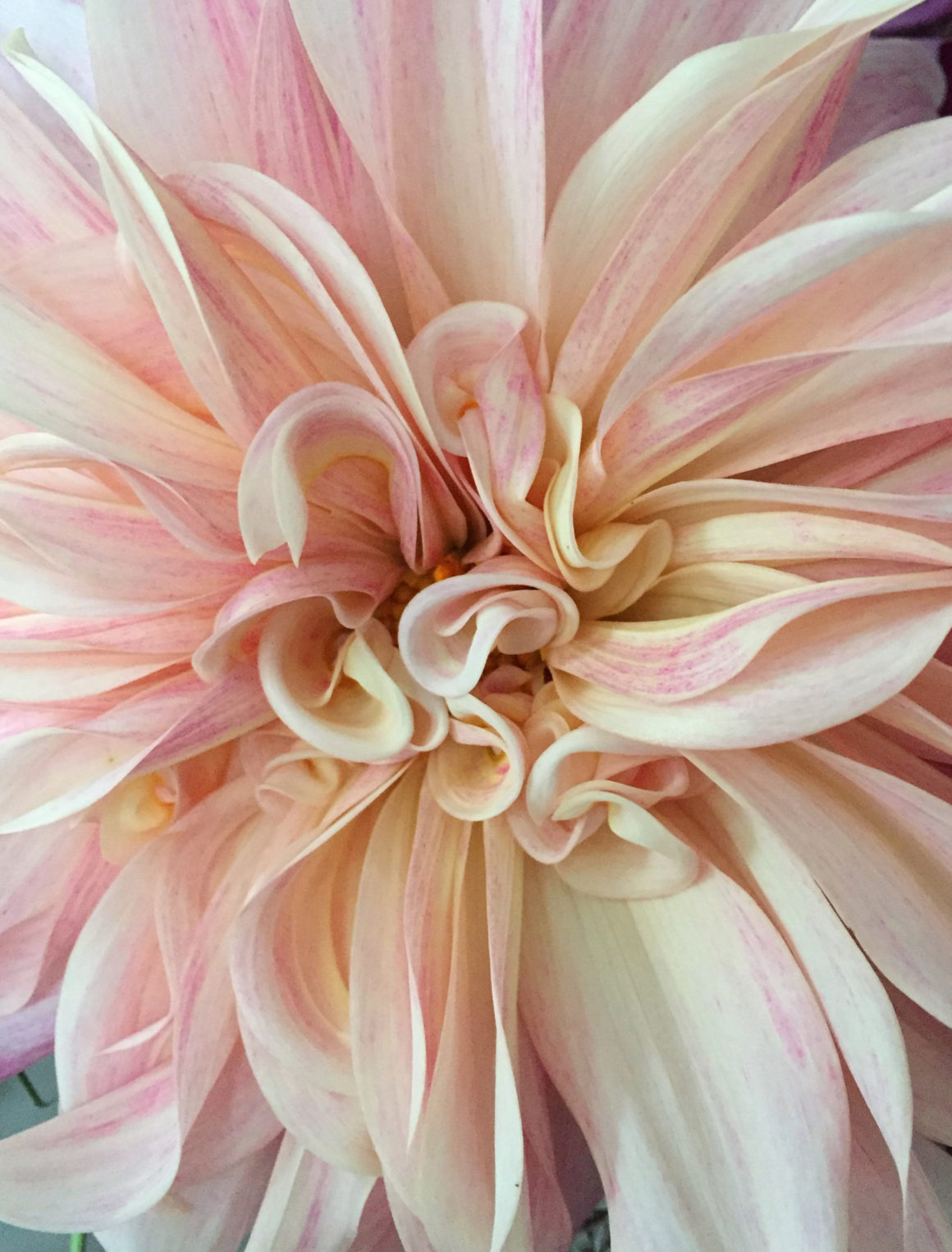
She recommends cutting flowers early or late in the day when the air is cool. “You need good clippers, sharpened by a professional or with a sharpening stone or a knife sharpener. Dull clippers can crush the stem’s cellular structure,” Nixon says. “Cut stems at an angle and put them in water right away to condition.”
As for the vase … “You want it so clean you’d let your grandmother drink from it,” she says. “Any crusty brown residue will produce bacteria that will block a stem’s ability to hydrate.”
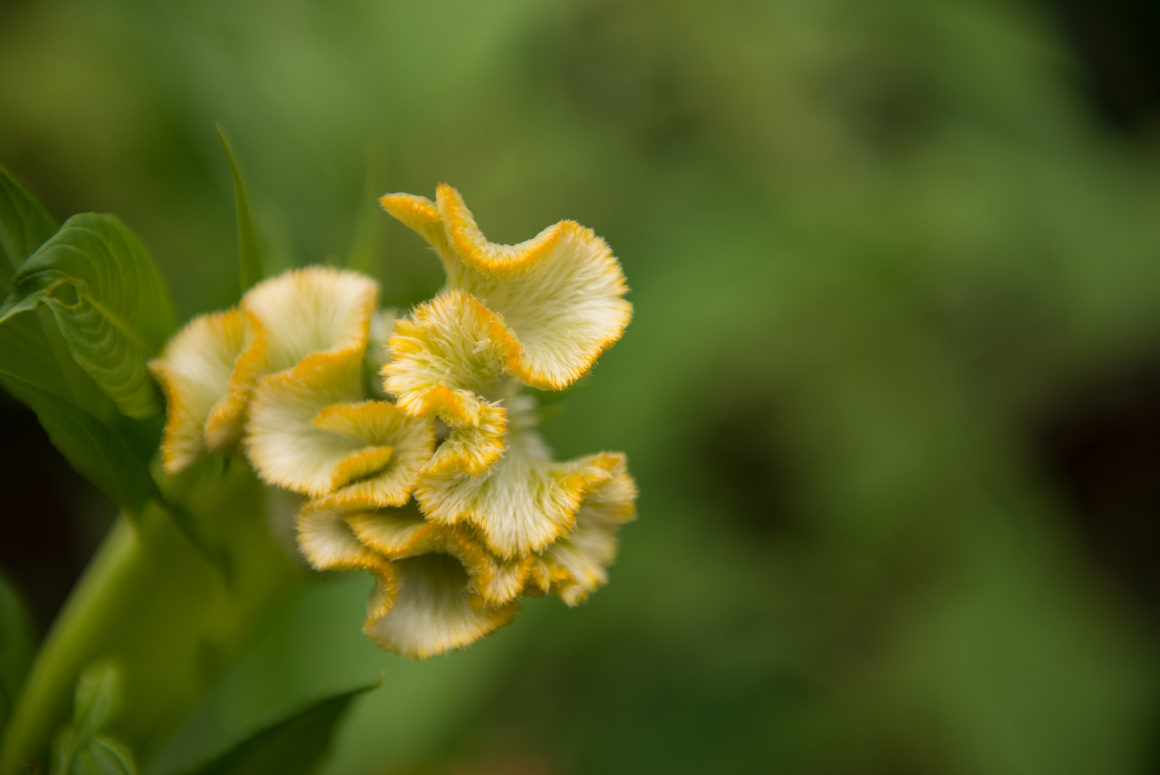
Soaking a vase in soapy hot water and then swirling uncooked rice inside might do the trick. Otherwise, discard it in favour of vases with openings large enough to scrub.
Water-resistant florist tape can be used to create a grid across the top of a vase to keep elements in place, but any strong clear tape might do. A kenzan (floral pin frog) is likewise great for positioning flowers, but some chicken wire also works. Please don’t use ‘florist foam,’ ” Nixon urges. “It breaks down into microplastics within our water system.”
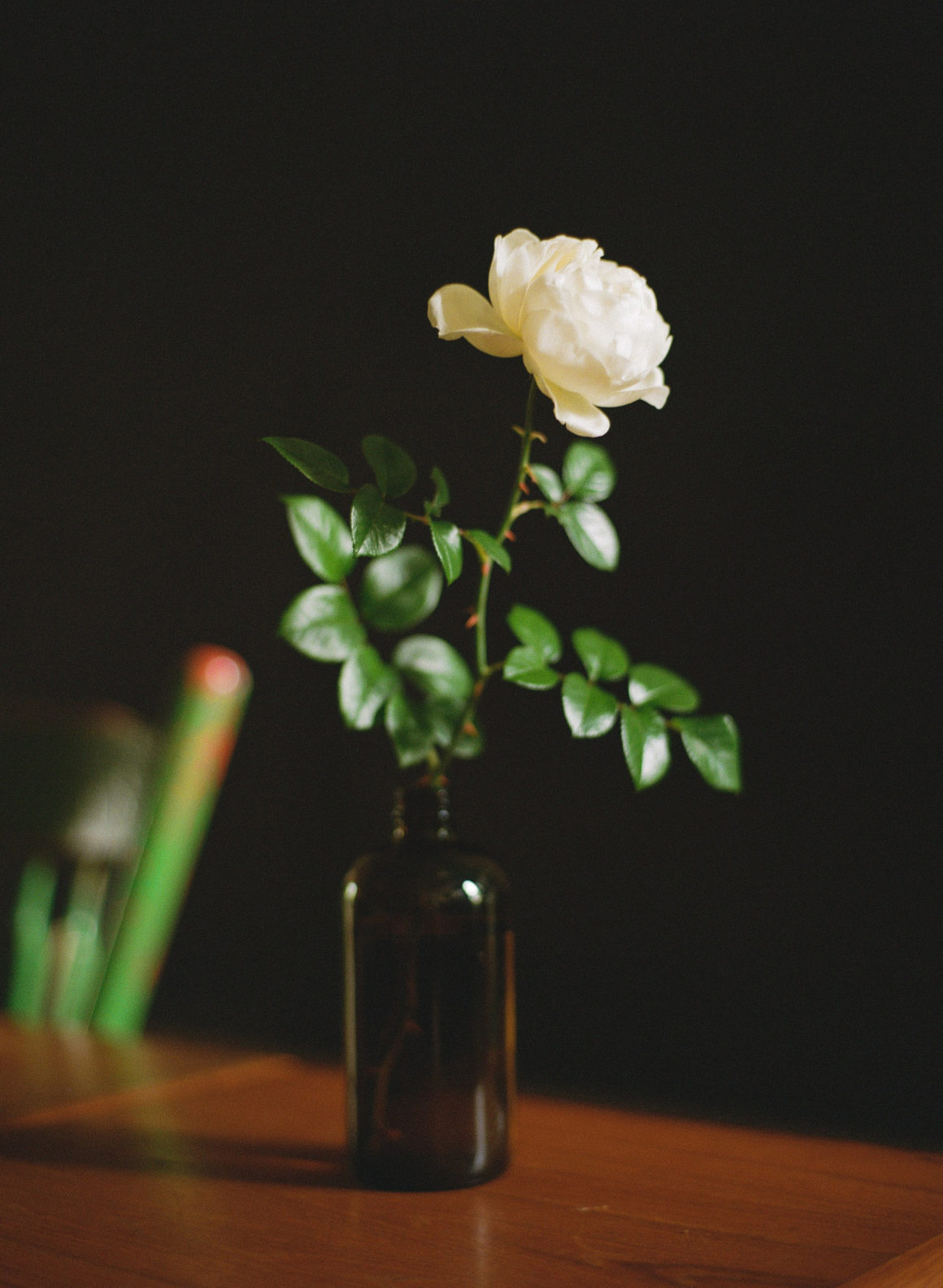
My aspirins were a big mistake. “They probably killed your tulips,” laughs Donald Waltho, founder of the Canadian Institute of Floral Design, based in Etobicoke. “They’re among the first myths we dismiss at the start of our three weeks of intensive training.”
Yet some old wives’ tales have merit. “My grandmother poured a little 7Up into vases,” Waltho says. “The citric acid lowered the water’s pH level while the drink’s sugar fed the flowers.”
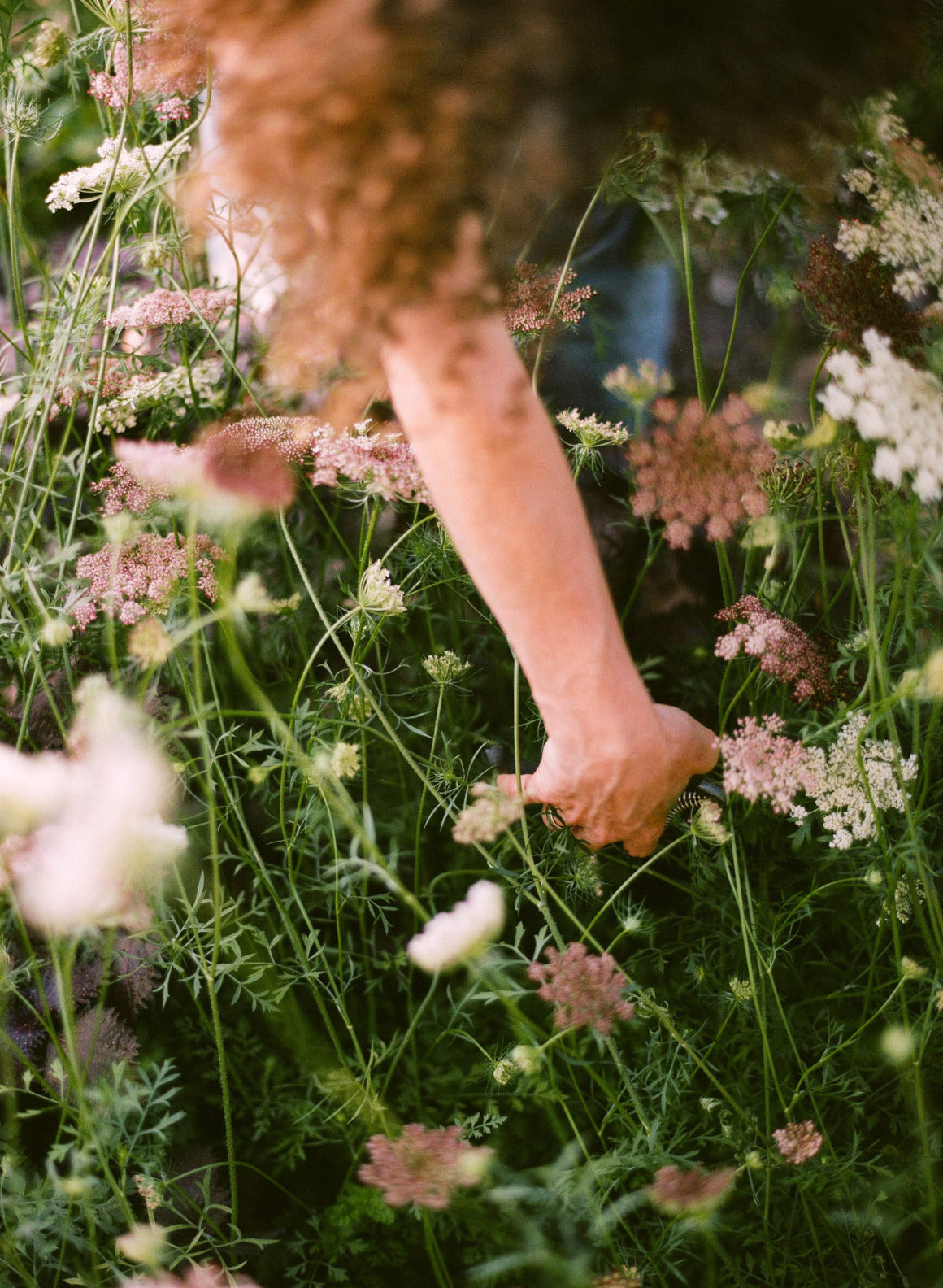
Packaged floral food is great as long as instructions are followed. “Otherwise, the proportions are off and there’s likely to be more bacteria than with plain water,” Waltho warns. Various homemade recipes are not recommended, he adds. However, a capful of bleach as a bactericide and a sprinkling of sugar would suffice if professional floral preservatives are unavailable. With or without these, though, the water should be changed every second day.
Another mistake: putting the vase in a sunny place. “You’ll just shorten your flowers’ life cycle,” Hudon says.
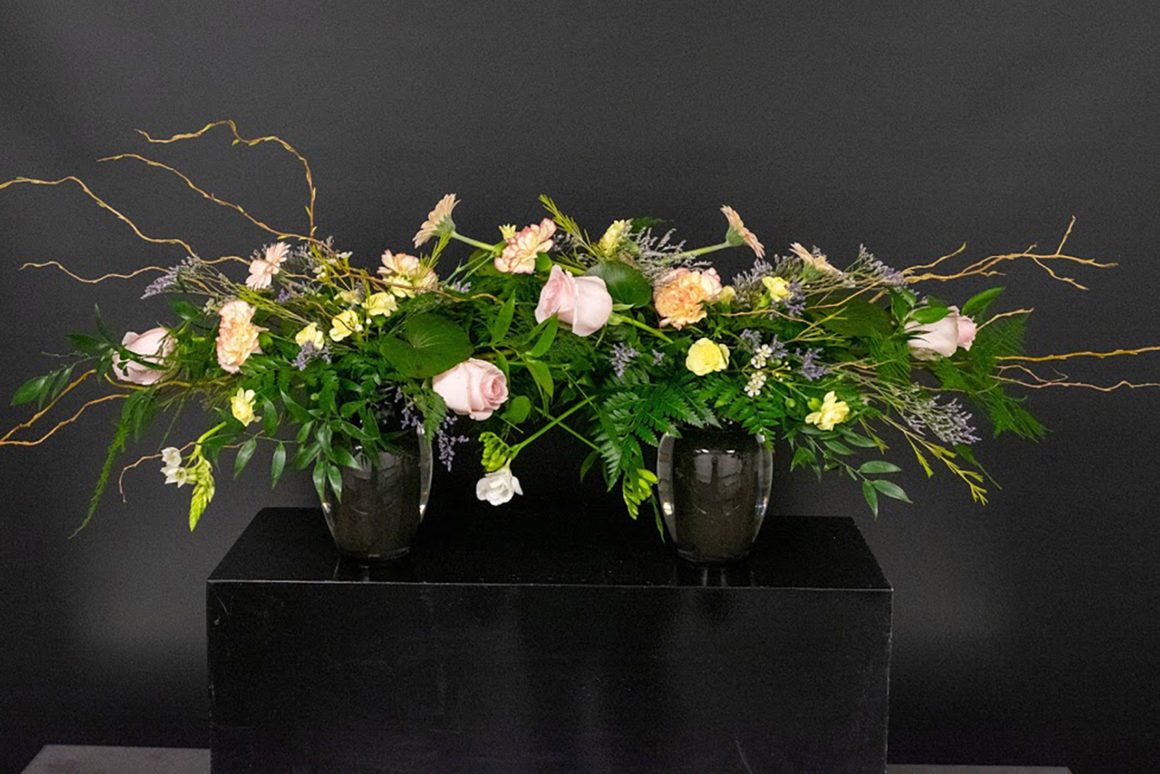
To arrange flowers on their own, cut stems at various lengths for visual interest. “If you have curving stems, work with them to create pleasing new angles,” she suggests.
Hudon prefers vases that flange out so that flowers and foliage can hang over the edges. Readily available garden cedar, boxwood, ninebark or spirea from broken or trimmed branches make great foliage. Pachysandra and other vine-like ground covers are pretty, too. “Keep things simple,” she advises. “Perhaps create three angled points of interest within your arrangement or pair pussy willows with a single stunning tulip.”
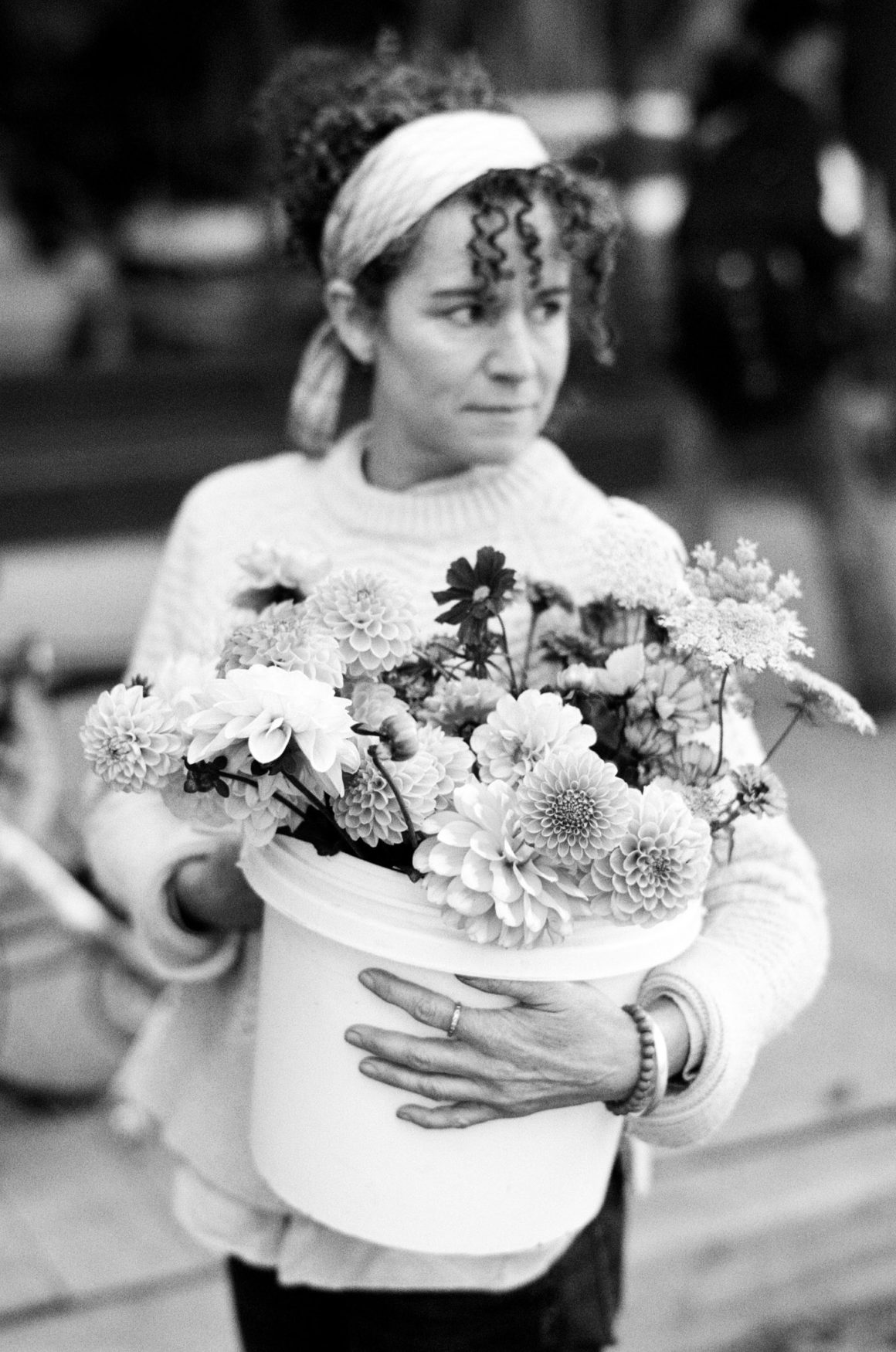
Forcing flowering by using branches of honeysuckle, magnolia or forsythia, has become popular. “Harvest when buds start to crack open; then cut the last inch or so of the end of a stem lengthwise to help the branch hydrate,” Hudon instructs.
Of course, lilacs are a scented favourite. “Just remember that while their blooms will drink water, the foliage won’t,” says Waltho. “It’s best to remove the leaves, since any that fall below the waterline creates bacteria.”
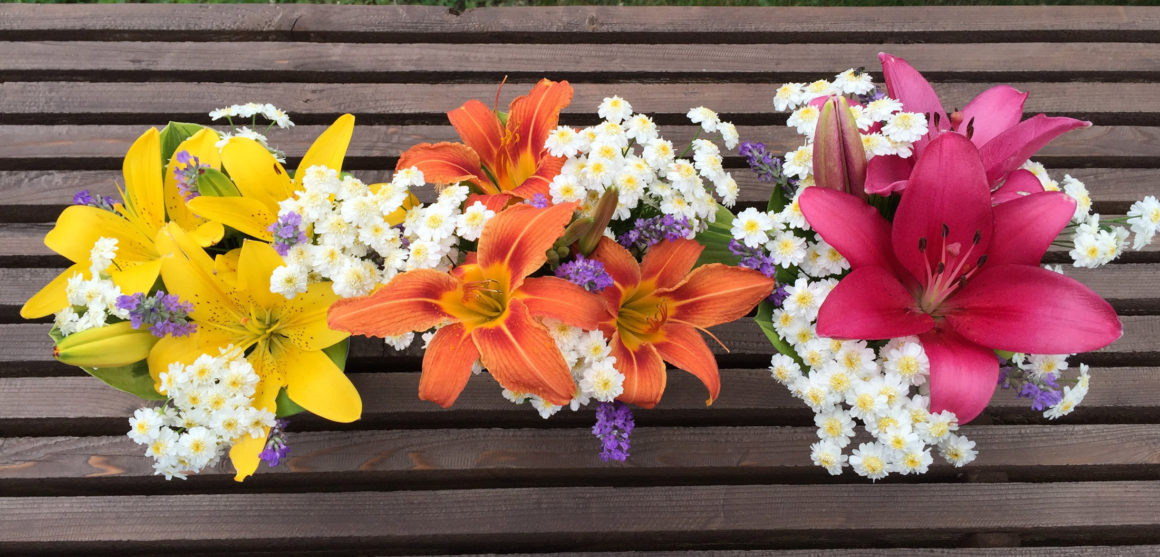
Scented geraniums and mountain mint are Nixon’s other fragrant recommendations. “I also like the herb shiso; the purply-red variety has beautiful ruffled leaves and self-seeds,” she says.
Our gardens already contain all kinds of beauty to fill a vase. The experts recommend azaleas, fresh/dried hydrangeas, plucked hosta leaves, even seed pods. “I’ve used dried fertile fern fronds, scrolled birch bark, plumes of dried grass, and feathers,” Maryse Hudon says. “Give yourself permission to be creative.”

As for my tulips looking as if they wanted to run away… “You do know they’re among the few flowers whose cut stems keep growing, right?” she asks. “You have to recut the stems.”
So it wasn’t my imagination! •
Lutaflore
www.lutaflore.ca
My Luscious Backyard
www.mylusciousbackyard.com
416-873-2611
Canadian Floral Design Institute
www.cifd.ca
416-733-9968

